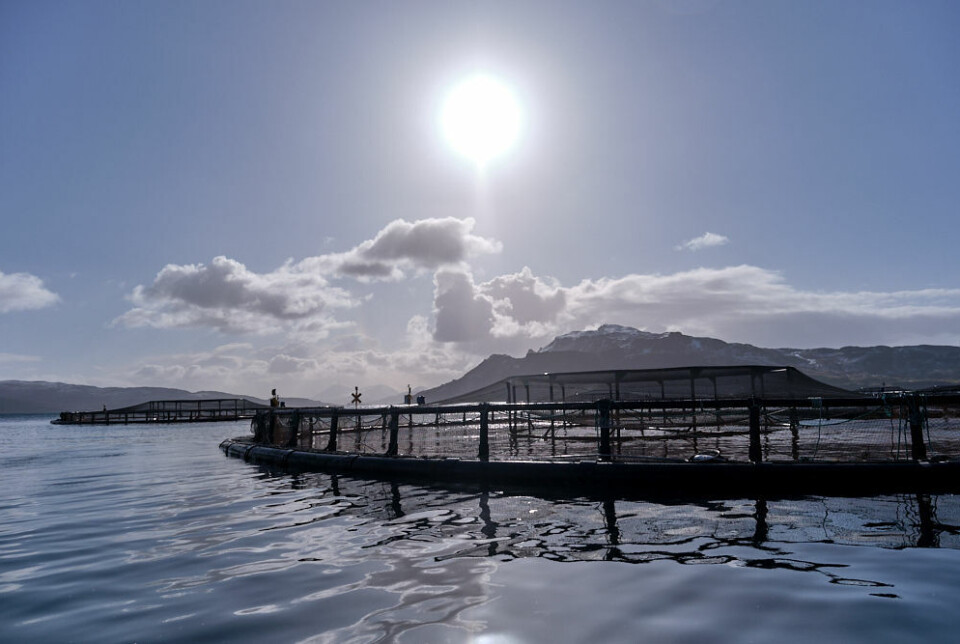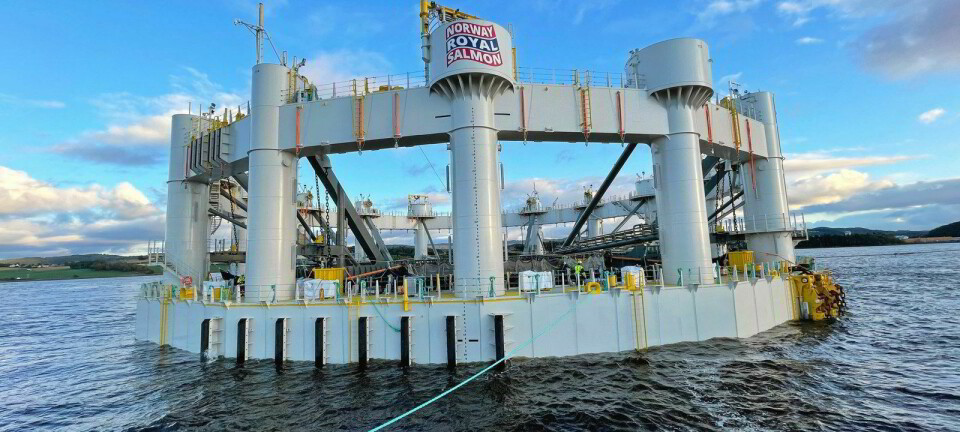
Warming climate won't stop Scottish salmon farming, say scientists
Industry is good for at least 75 years, although rising temperature may cause problems
A review of the potential effects of climate change on UK aquaculture has concluded that temperatures are expected to remain suitable for salmon growth until the end of the century, when aquaculture in Northern Ireland and the southwest of Scotland may experience seasonal declines due to warming.
However, rising temperatures will bring more challenges, according to the review’s four authors, from the Scottish Government’s Marine Directorate, Stirling University’s Institute of Aquaculture, the Centre for Environment, Fisheries and Aquaculture Science (CEFAS) in Dorset, and the Scottish Association for Marine Science.
They say warming conditions will lead to a rise in outbreaks of challenges including sea lice, fish diseases (especially gill diseases), and shellfish pathogens, with subsequent increased mortality.
The risk of mortality due to more frequent and intense marine heatwave events will increase in the future, highlighting the need for adaptive management.
More fluctations
Facilities in sheltered coastal areas may experience more fluctuation in temperatures, salinity and ocean acidification, but be less exposed to structural damage due to potential changes in storm events, creating different challenges for farming in different areas.
The authors say that for salmon farming, which made up 87.5% tonnage and 93.4% value of UK marine aquaculture in 2022, warmer waters cause increased metabolism and food requirements in the fish, which increases growth. But warming also increases oxygen consumption, while reducing concentrations.
They add that research is ongoing to develop sustainable diets that are optimal for salmon, including feeds that are appropriate for higher water temperatures and heatwaves.
Milder winters
The authors point to a statistical link between higher loss rates of salmon and milder winters, which is something that the sector has itself highlighted. They add that disease is a major cause of losses in aquaculture, although this is part of a complex interaction with other factors. “However, climate change and ocean acidification impacts on disease can be expected to increase aquaculture losses,” they add.
The emergence of Amoebic Gill Disease (AGD), caused by Paramoeba perurans, is associated with high salinities and temperatures in regions where it is established and environmental stressors are associated with complex gill disorders (CGD), the authors say.
“Other pathogens also respond to changing environments, notably sea lice populations grow faster and are more difficult to control in warmer waters; despite this, lice number per fish has declined in recent years owing to increased investment in control. Cleaner fish are now commonly used in the salmon industry to control lice infestations but there are also concerns about the disease challenges that affect cleaner fish species.”
Impact of weather
Both wet and dry periods can have repercussions for fish and shellfish, the review says. Salinity, which can be reduced at some sites by rainwater runoff from land, improves pathogen survival.
“Growth and survival of P. perurans increases at higher salinity; survival of sea lice and Bonamia (a shellfish pathogen) also increases at higher salinity,” write the authors. “Conversely, fungi and oomycetes (fungus-like organisms such as Saprolegnia) may increase under less saline conditions associated with runoff.
“Pathogens are labile (easily broken down) under UV radiation, and RNA viruses such as ISAV (infectious salmon anaemia virus) may be particularly sensitive. Binding to particles associated with storms and runoff protects viruses and bacteria. Therefore, periods wet and dry weather respectively increase and reduce pathogen survival and so transmission.”
Stress response
Fish health is also directly impacted by warmer water and sunshine.
“Periods of high temperature, hypoxia and increased UV radiation will result in the production of a stress response in finfish with a direct immune suppressive effect. Treatment of sea lice is less effective, and stress associated with bath or mechanical treatments is more likely to result in host mortality, at higher temperatures.”
In conclusion, the authors say: “Overall, we have moderate confidence that there will be impacts from climate change on both finfish and shellfish aquaculture, disease impacts will be negative but may be mitigated by investment in technological developments, while growth rates are likely to increase, so the net impacts on productivity may be low. However, the dependence of aquaculture value on one species, Salmo salar, does leave UK aquaculture vulnerable to a worst-case scenario.”
Read the MCCIP paper, Climate change impacts on marine aquaculture relevant to the UK, here.






















































